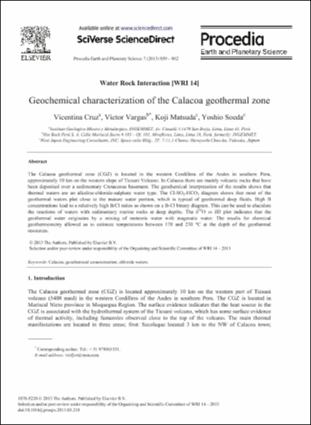Please use this identifier to cite or link to this item:
https://hdl.handle.net/20.500.12544/1802Files in This Item:
| File | Description | Size | Format | |
|---|---|---|---|---|
| Cruz-Geochemical_characterization_of_the_Calacoa.pdf | Artículo indizado | 436.17 kB | Adobe PDF | View/Open |
This item is licensed under a Creative Commons License












